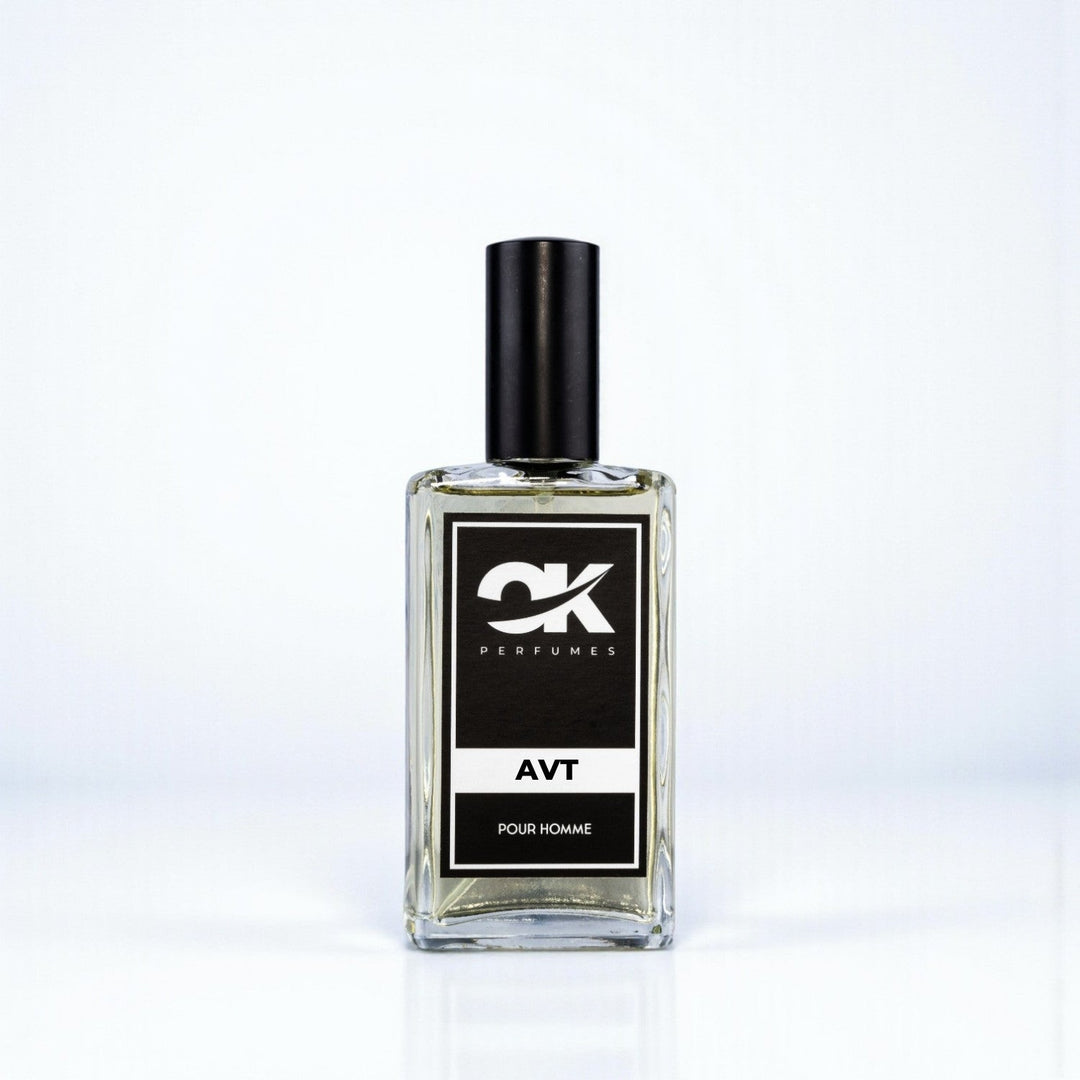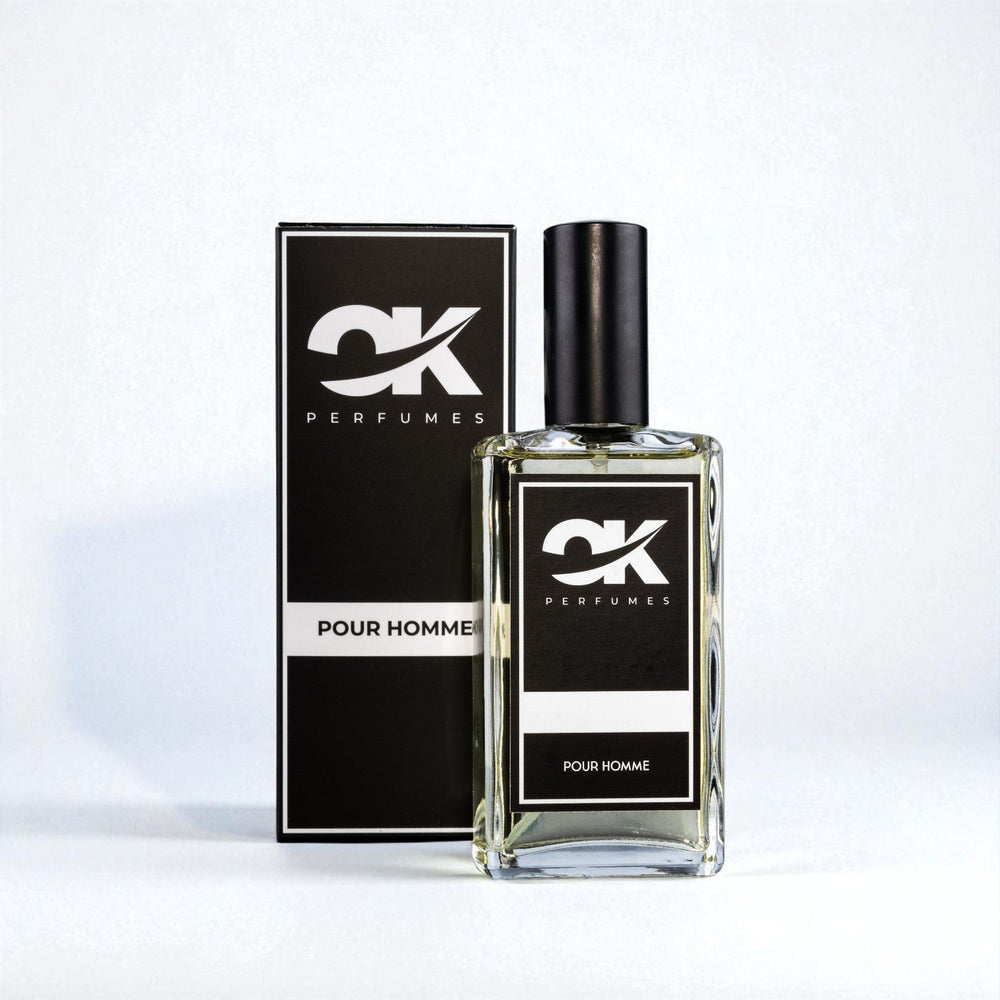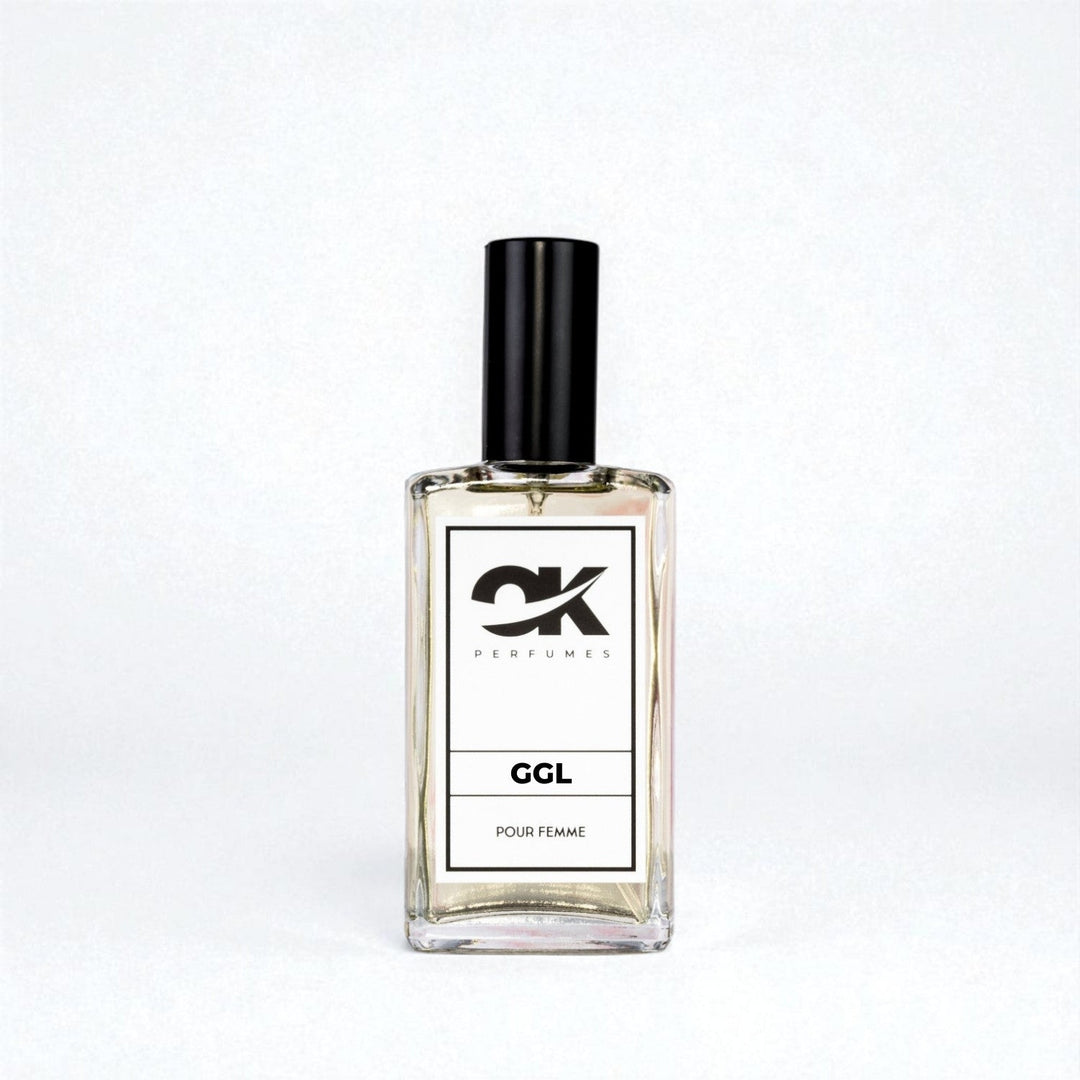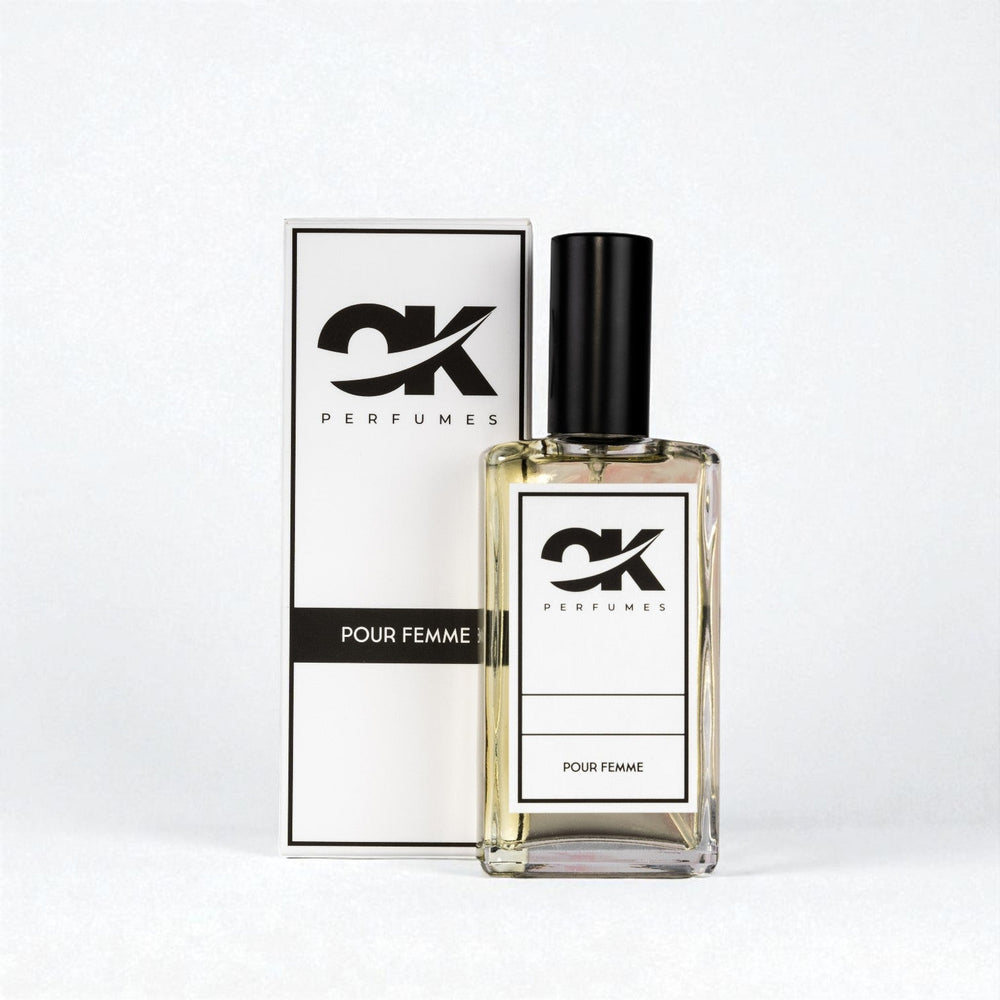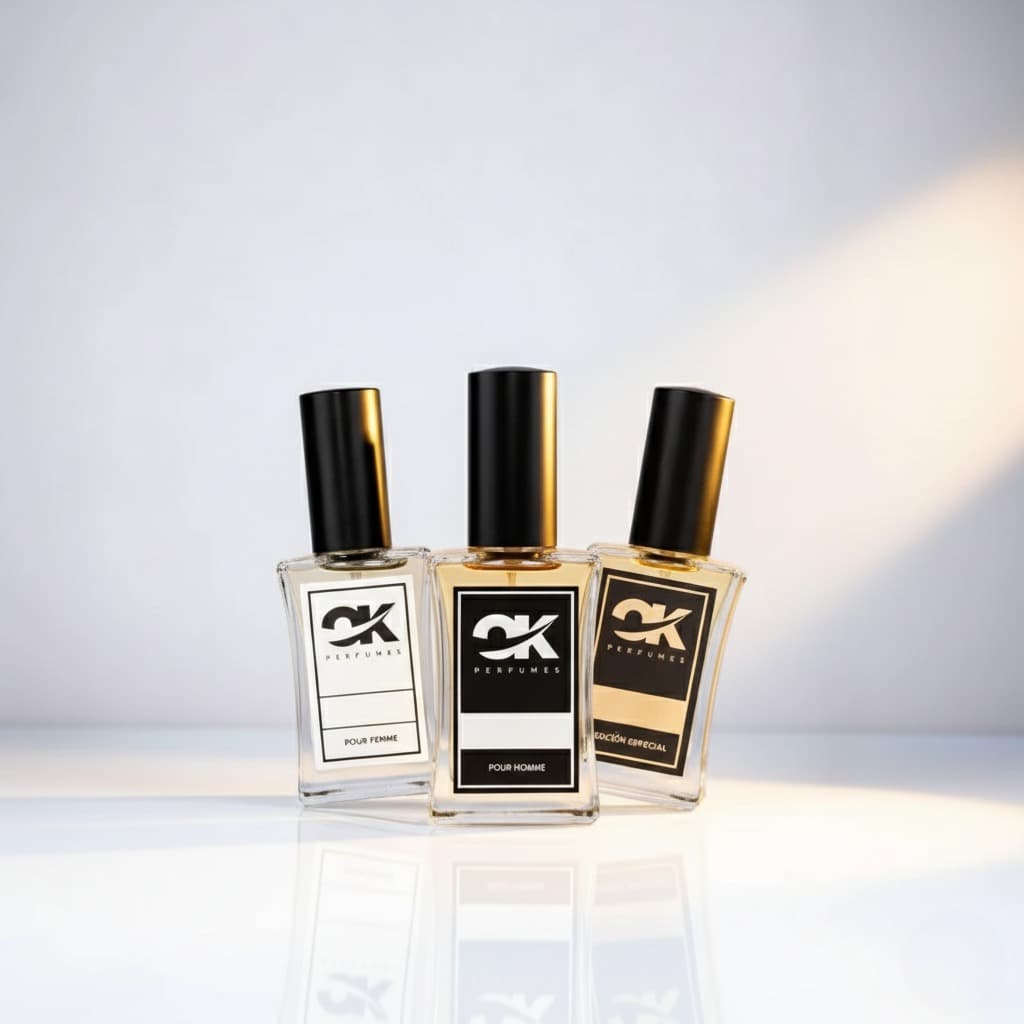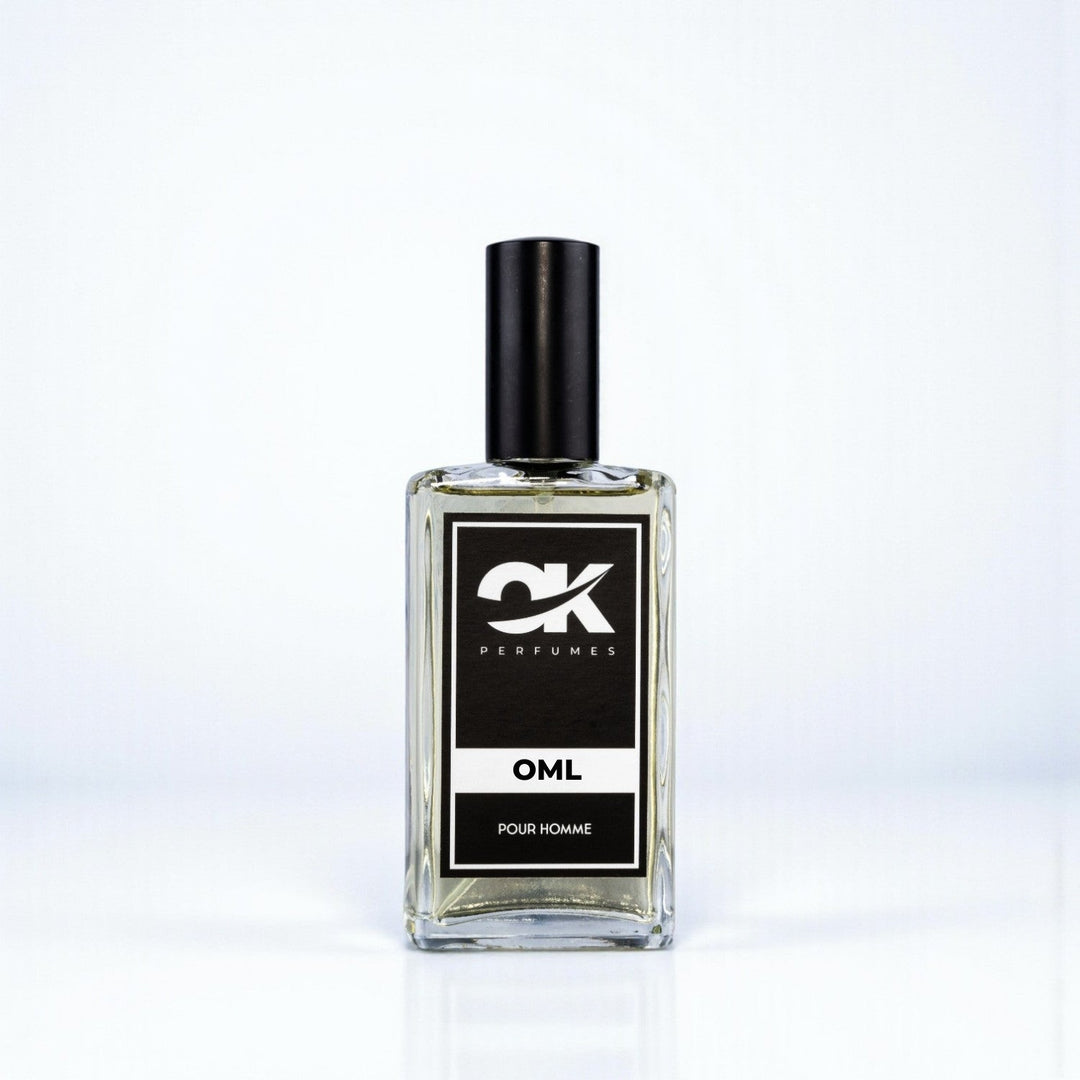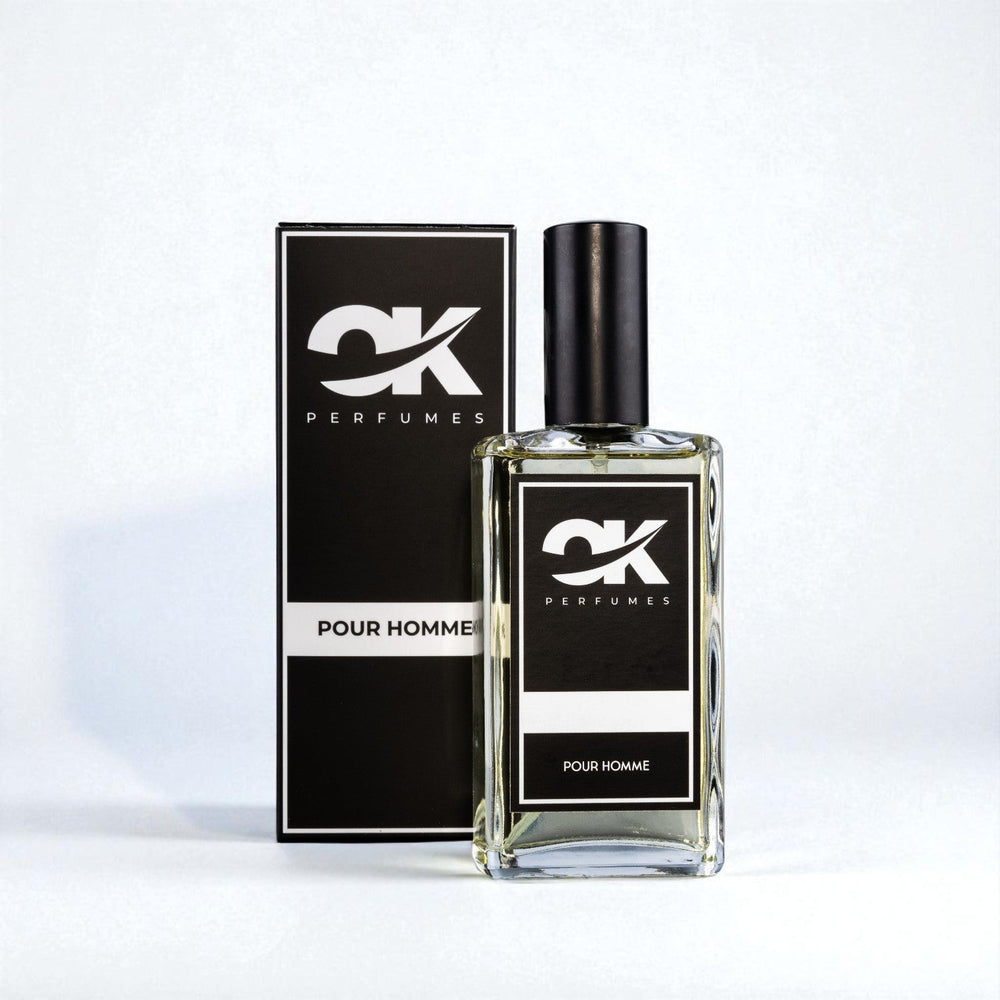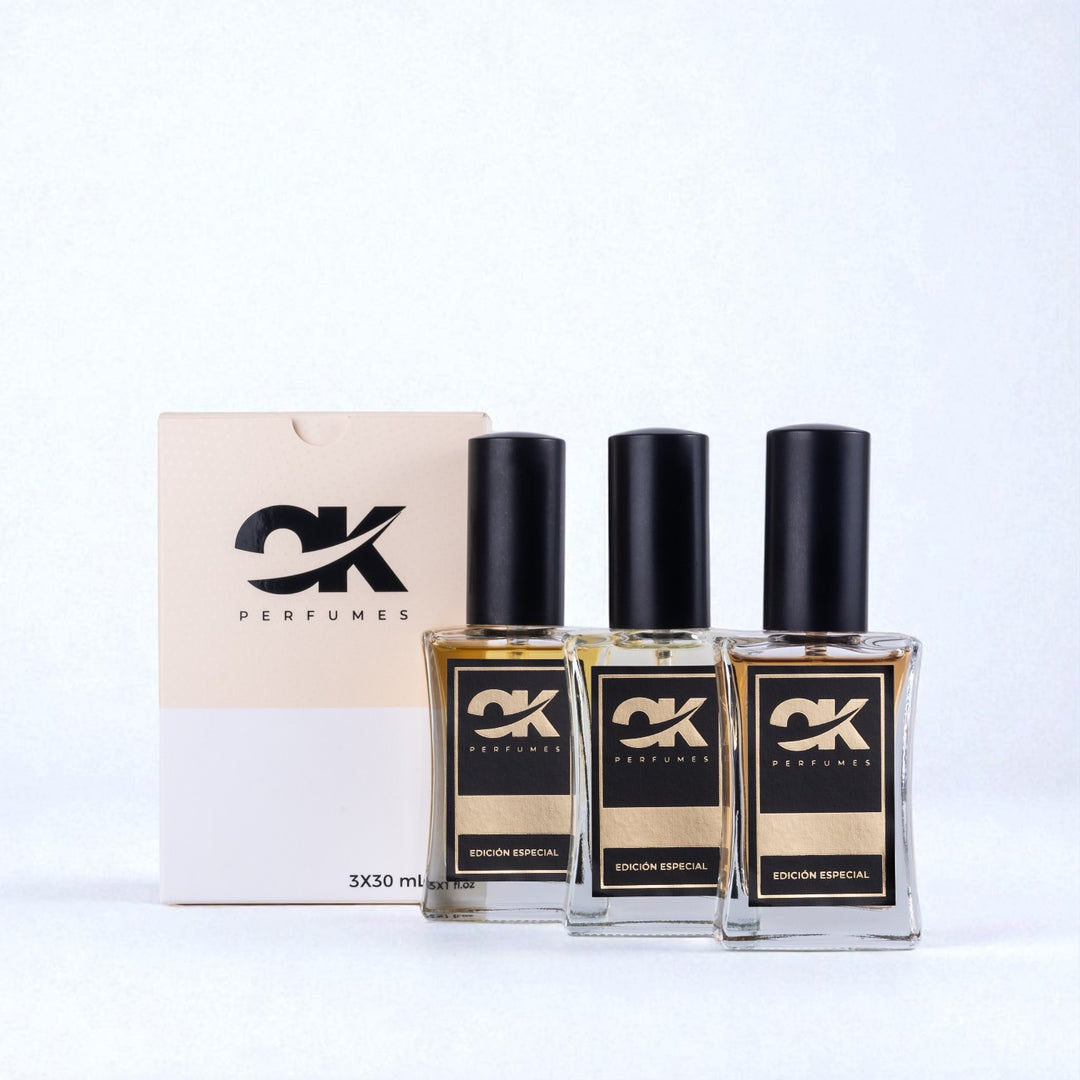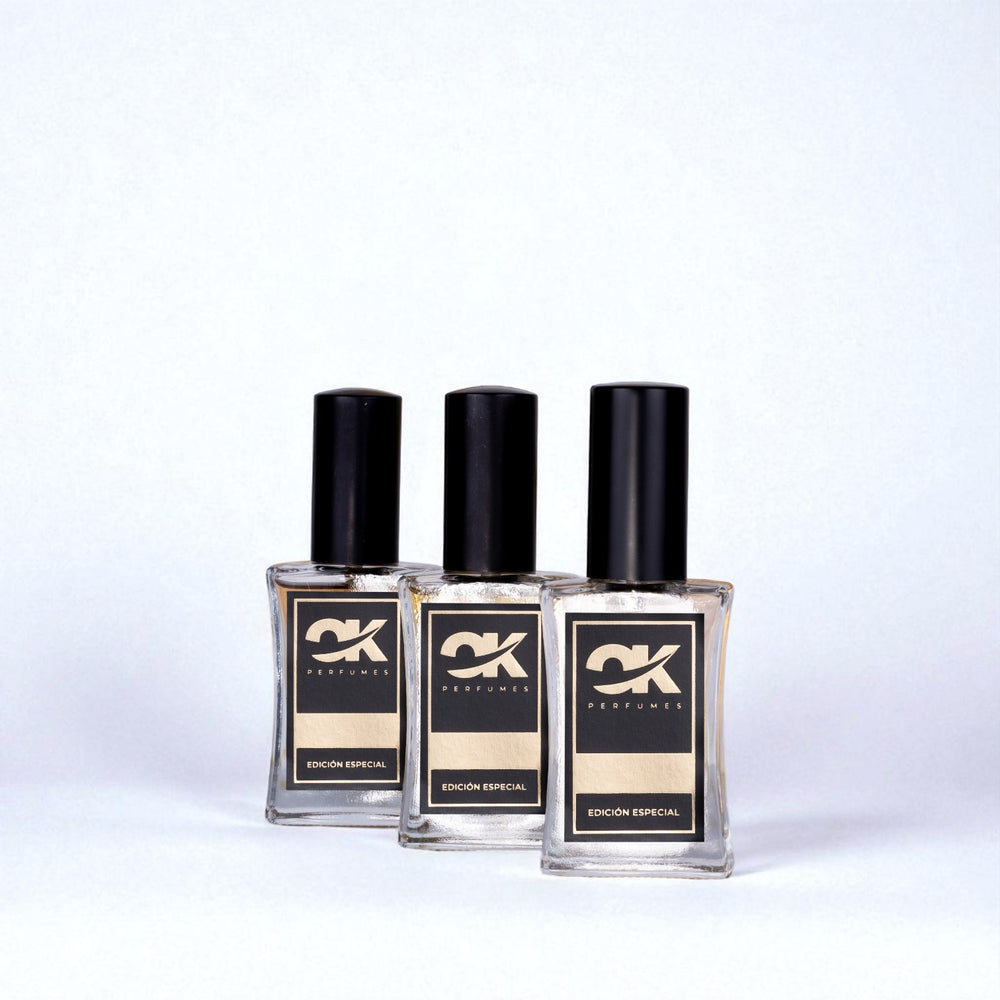Cultures Around the World and Their Approach to Perfumery: An Aromatic Journey
Perfumery is an art as old as humanity itself. Every culture throughout history has contributed its own interpretation of fragrances, creating a rich tapestry of scents that speaks not only to aesthetics but also to cultural heritage. From the warm Arabian Desert to the vibrant markets of Asia, the way cultures approach perfumery reveals much about their customs, beliefs, and values. In this article, we'll explore some of the most influential cultures in the world of perfumery and how their approach has shaped today's perfume industry.
Perfumery in the Middle East: Tradition and Splendor
The Middle East is known for its deep connection to fragrance creation. The history of perfumery in this region dates back thousands of years, with the ancient Egyptians using aromatic ointments and oils in both religious rituals and personal care.
The Importance of Oud
One of the most valued ingredients in Arabic perfumery is oud , an aromatic resin extracted from the Aquilaria tree. This component is essential not only for its exquisite aroma, but also for its use in both social and spiritual rituals. Oud is considered a status symbol, and its intense, long-lasting fragrance is appreciated in many Arabic homes.
The Celebration of Aromas in Everyday Life
In Arab culture, perfumes are more than just a fragrance; they're an extension of personal identity. From dense, resin-based perfumes like Arabian Musk to fresh blends of orange blossom, each scent tells a story. Who hasn't enjoyed the scent of Eau du Soir ? On a warm Arabian sunset? These types of fragrances have the ability to transport us to different times and places.
Europe: The Cradle of Elegance in Perfumery
European perfumery, particularly in countries like France and Italy, is marked by a relentless pursuit of quality. These countries have elevated perfumery to an art form, where the creation of a scent is like composing an olfactory symphony.
The Famous Art of Composition
France, and Grasse in particular, is considered the world capital of perfumery. Here, perfumers combine natural and synthetic ingredients to create unique fragrances. The quality of the ingredients is paramount, and the result is perfumes that last and tell stories. French perfume houses are renowned for producing distinctive fragrances that resonate around the world.
A Journey Through the Seasons
France's climate significantly influences the fragrances created. During spring, you'll find fresh and vibrant floral aromas, while in winter, warmer and spicier scents predominate. This variety highlights the versatility of European perfumery and its ability to evolve over time.
Asia: A World of Encompassing Diversity in Aromas
The Asian continent also plays a crucial role in the development of perfumery. With traditions ranging from India to Japan, Asia offers us a fascinating look at how different cultures approach the art of fragrance.
Aromas of India: Beyond the Traditional
In India, perfumery has become intertwined with spirituality. The use of attar (perfume oils) is common in religious ceremonies and festivals. They are often based on flowers, spices, and woods, emphasizing the use of high-quality natural ingredients. This approach reflects the deep respect for nature that characterizes Indian culture.
Japan: Minimalism Fragrances
In Japan, on the other hand, perfumery is an art that focuses on simplicity and elegance. Kōdō fragrance, or the "way of incense," is a Japanese tradition that involves the appreciation of refined scents. Here, quality and presentation are essential, and fragrances are often used in formal ceremonies, highlighting the precision and care taken in their creation.
Latin America: Cultural and Natural Aromas
Perfumery in Latin America is inspired by the region's rich biodiversity. Each country has its own style and preference when it comes to fragrances, reflecting the local culture and nature.
Native Species Fragrances
In countries like Mexico and Brazil, native plants such as frankincense , vanilla , and a variety of fruits are used. These ingredients are not only fragrant, but are also often linked to ancestral traditions and rituals that honor the land and its resources. Each scent reflects an aspect of daily life, from family celebrations to community ceremonies.
The Connection with Nature
The use of natural ingredients in Latin American perfumery highlights a positive approach to ecology. By valuing biodiversity, the region's perfumers are, in essence, creating fragrances that not only delight the senses but also embrace a commitment to quality and sustainability.
Modernity and the Future of Perfumery
As the world advances, so does perfumery. The introduction of technology and science has transformed the art of perfume making, allowing for the creation of more complex and accessible scents for a wider audience.
Innovations in Composition
Innovations in accord identification and ingredient blending are changing the way perfumes are developed. Modern perfumers are exploring new ways to combine olfactory notes, fusing the best of nature and science to create innovative and unique fragrances.
The Fusion of Cultures
Today, we live in an interconnected world where cultural influences merge. Fragrances are now inspired by diverse traditions, creating a beautiful mosaic of scents that celebrate cultural diversity. Collaborative initiatives between international perfumers have made quality perfumes accessible to all, breaking down cultural barriers and showcasing the best of each tradition.
The Way Forward: Aromas and Culture
Perfumery, at its core, is a journey that awakens the senses and the soul. As we explore different cultures and their approaches to fragrance creation, we can better understand the importance of these scents in daily life and their connection to our identity.
Whether you're looking for the Eau du Soir scent Whether you're looking for a special occasion or simply want to explore the rich diversity of fragrances the world has to offer, remember that each perfume is a reflection of the history and culture it represents. Appreciating these scents not only enriches our sensory experience, but also celebrates the quality and art of perfumery worldwide. Delving into perfumery opens a window to a world steeped in history, tradition, and creativity.
So the next time you explore a fragrance, whether a classic or a contemporary scent, let it speak to you. Every drop has a story; each scent is a reminder of the continent, its people, and its rich cultural history. Discover, experience, and celebrate the art of perfumery!




